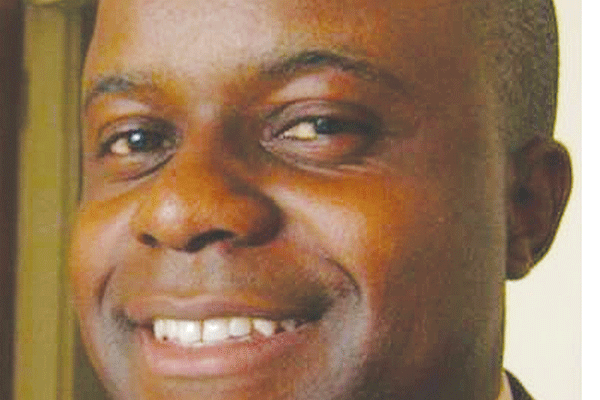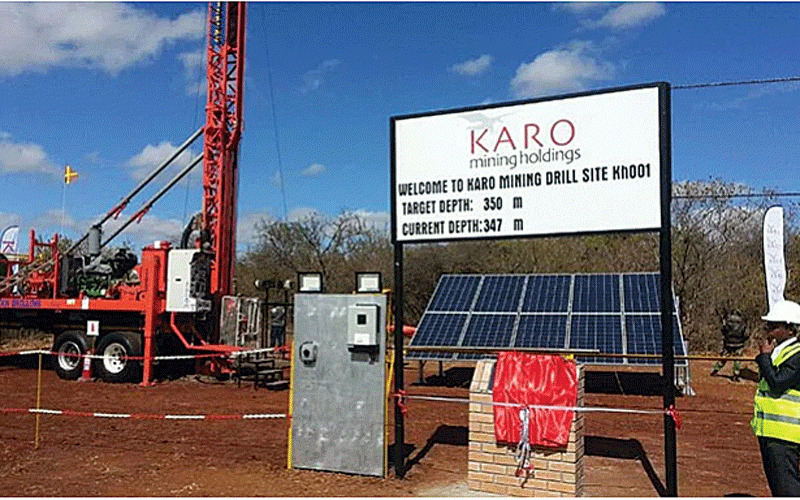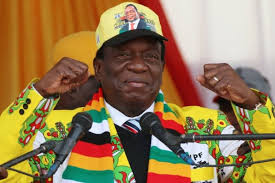
BY FIDELITY MHLANGA
An average Zimbabwean family now spends at least $1 617 on food and non-food items a month, a 15,18% increase from the July, the national statistics agency has revealed.
According to the Zimbabwe National Statistics Agency (Zimstat), the total consumption poverty line (TCPL) has risen significantly from the $1 404.26 recorded in June.
“The TCPL for an average household (of five) in July 2019 ranged from $1 369 in Mashonaland Central province to $1 862 in Matabeleland North province,” Zimstat said on Friday.
“The differences are explained by differences in average prices in the provinces.”
The huge increase in the cost of living means civil servants, who were recently awarded a 76% salary increase that saw the lowest paid worker in government earning about $1 023 will be now categorised as poor.
The TCPL for one person stood at $324 in July 2019, an increase of 15,18% from the June figure of $280,85.
The July food poverty datum line (FPL) for an average family of five people stood at $639.63, a 14,1% increase from June.
- Chamisa under fire over US$120K donation
- Mavhunga puts DeMbare into Chibuku quarterfinals
- Pension funds bet on Cabora Bassa oilfields
- Councils defy govt fire tender directive
Keep Reading
FPL represents the minimum consumption expenditure necessary to ensure that each household member can (if all expenditures were devoted to food) consume a minimum food basket representing 2 100 calories.
An individual whose total consumption expenditure does not exceed the food poverty line is deemed to be very poor.
The FPL for one person in July 2019 was $128, an increase of 14,1% from the previous month.
Harare-based economist Prosper Chitambara said earnings had been eroded by runaway inflation.
“Most households are trapped in a vicious cycle of poverty as their incomes fail to keep pace with inflation,” he said. “This is compounded by the fact that the Zimbabwean economy is now highly informalised.”
Inflation has been skyrocketing since the beginning of the year and in June, Zimstat pegged it at 176%.
Last month, Finance minister Mthuli Ncube suspended the publication of year-on-year inflation figures.
Steve Hanke, an American applied economist at the Johns Hopkins University, has been tracking Zimbabwean inflation and last Thursday he put the figure at 851%.
Zimbabwe’s local currency has also been losing value rapidly and on Friday the exchange rate between the Zimbabwe dollar and the United States dollar was pegged at 1:25 on the parallel market.
The exchange rate instability has eroded salaries, company balance sheets, stocks, pensions and savings.
Clemence Machadu, an economist, said the majority of Zimbabwean workers were now facing abject poverty.
“In a high unemployment, high underemployment and serious drought environment such as aptly typified by the status quo, the majority of the populace are not earning any income at all,” he said.
“As a result, millions of households in the country are going without basic necessities and access to critical services; which affects their health, nutrition, education and perpetuate other social ills.
“Incidences of crime are already soaring and all this is a recipe for disaster as these issues have long-term socio-economic effects.
“Authorities should, therefore, as a short-term measure, cast safety nets wider to cushion the majority of citizenry who are now sinking deeper under the poverty line; while coming up with a robust policy mix that creates decent jobs for the population.”











